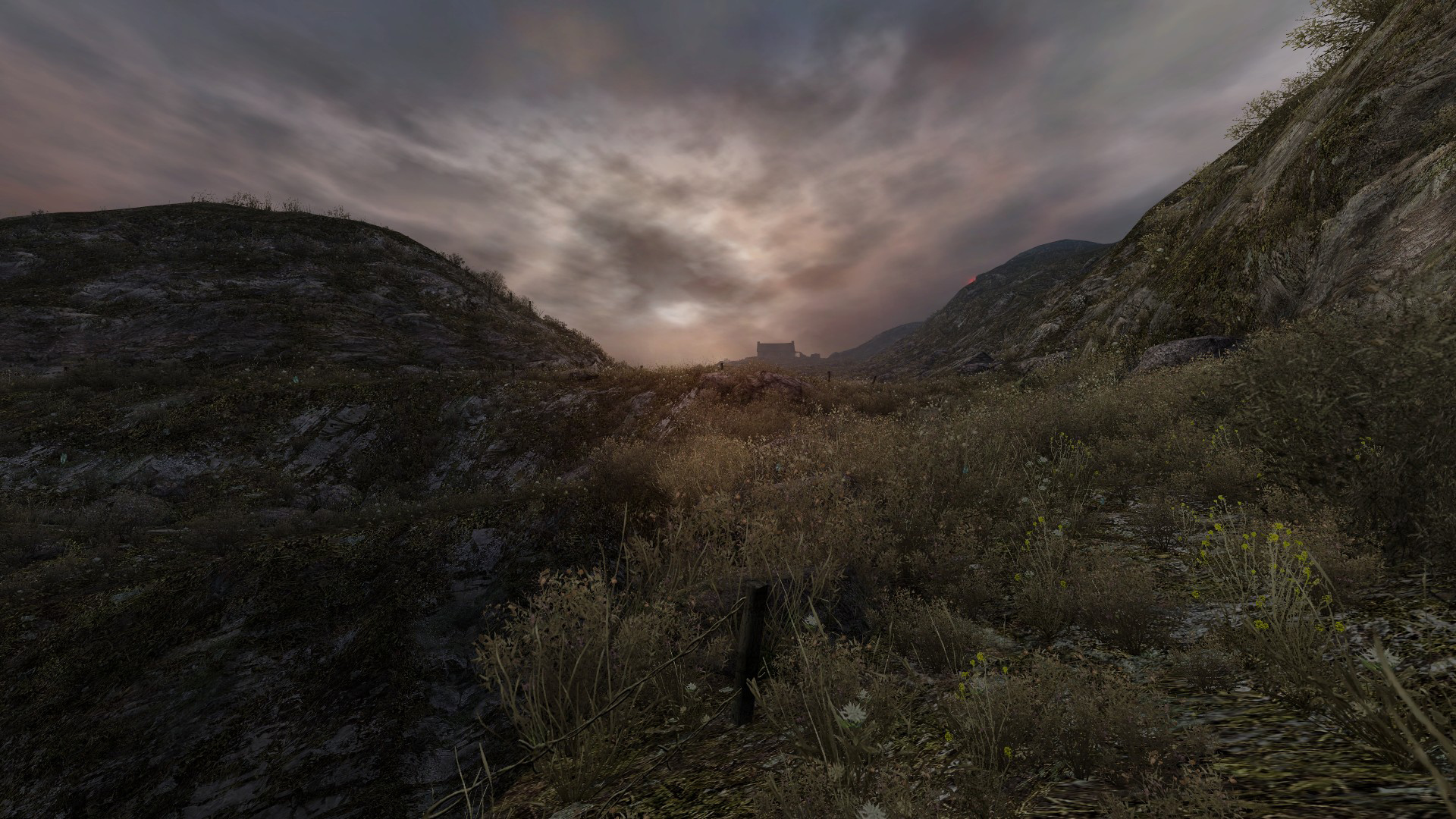
Alexander Muscat et al. explore the design themes that make up “walking simulators” or walker games.
In their paper “First-Person Walkers: Understanding the Walker Experience through Four Design Themes”, Alexander Muscat et al. discuss four design themes in First-Person Walker (Walker) games. Muscat et al. base their analysis on their study focusing on player experiences in four different Walker games through various gameplay recordings.
The authors discuss the definition of Walker games as being derived from First-Person Shooter (FPS) games in the sense that Walker games omit the action-oriented focus of FPS games in favor of a non-violent, exploratory and slow-paced gameplay. The Walker game experience then differs from many other genres and has even been a subject of debate regarding its legitimacy as a genre.
In their study, Muscat et al. utilize the framework for “qualitative elemental analysis” by Consalvo and Dutton (2006). Drawing from this framework, the authors focused in their study in four focal points. Firstly, “Interaction map”, examining the interactions offered to the player towards game world entities; secondly, “Interface study”, examining the onscreen information about character status and action menus presented to the player; thirdly, “Object Inventory”, examining the objects available for interaction in the game; and finally, “Gameplay Log”, examining the unexpected forms of gameplay occurring when the game is played in ways not intended by the developer.
The games used in the study are Dear Esther, Proteus, The Stanley Parable, and Gone Home. All four share many of the core Walker game characteristics but still differ from each other greatly in their “technical and creative makeup, and their elemental composition”. Muscat et al., collected data from multiple play sessions of each game, including notes, logs, video and screenshots. From their analysis of the data, the authors recognize four major areas of interest. These include Player Interactivity, Temporal Space, Player Focus and Ambiguity.
Discussing player interactivity, Muscat et al. again emphasize the FPS-like worlds – without combat gameplay however – and note the limitations of player interaction and gameplay in comparison to FPS games. They also examine the slow responsiveness of the controls of Walker games, arguing that, in contrast to FPS games, the resulting longer time spent in the environment leads to an increased willingness to explore and interact with the game world.

Moving on to the analysis of temporal space, the authors’ view is that Walker games offer an alternative approach to the often easily noticeable passing of time in FPS games. In Walker games, time does not function to encourage swift progress, instead providing the feeling of uninterrupted exploration for extended periods of time. This allows the player to focus on the environment and the audio-visual Walker experience.
In their discussion of player focus, Muscat et al. view it as concentrating on the audio-visual element of the games and the game world. This is possible with the previously discussed reduced player interactions, the slower pace of the game and the lack of obstructions. Noting that the user interface (UI) of Walker games is usually empty in contrast to FPS games, the authors see it as contributing to the minimal distractions and gameplay directions in Walker games. Another contribution to those characteristics is that in the first-person view of Walker games, players do not see the main character’s body, sharing this trait with FPS games. The reduced points of focus in the environment are also emphasized.
The authors, when discussing ambiguity, argue that it is used as the main force behind the sense of discovery present in Walker games. This is done by fostering player attention and interaction through a sense of intrigue. Muscat et al. divide ambiguity into three subtypes.
The first, ambiguity of information, concerns factors such as the mystery of the player avatar’s role and the widespread small fragments of information in the game world, leading the player to focus on speculating on the “unseen” information. The second, ambiguity of context, describes the balance between vague and clearly interpretable content, allowing the player to discover the content fully through exploration and investigation. The third, ambiguity of relationship, concerns the player’s larger “mental map” of the game’s narrative, and the gaps that the player fills in order to understand it.
Muscat et al. conclude by reflecting on how Walker games focus on the audio-visual through minimizing interactions, and so change the traditional game experience from task-based into observation and investigation-based. Emphasizing the ambiguity in Walker games, they view it as essential in building player interest, and as a subject of further research.
Article: “First-Person Walkers: Understanding the Walker Experience through Four Design Themes”
Authors: Alexander Muscat, William Goddard, Jonathan Duckworth, Jussi Holopainen
Publication: DiGRA/FDG 2016
Published: August 2016
Online: www.digra.org/wp-content/uploads/digital-library/paper_318.pdf

Leave a Reply